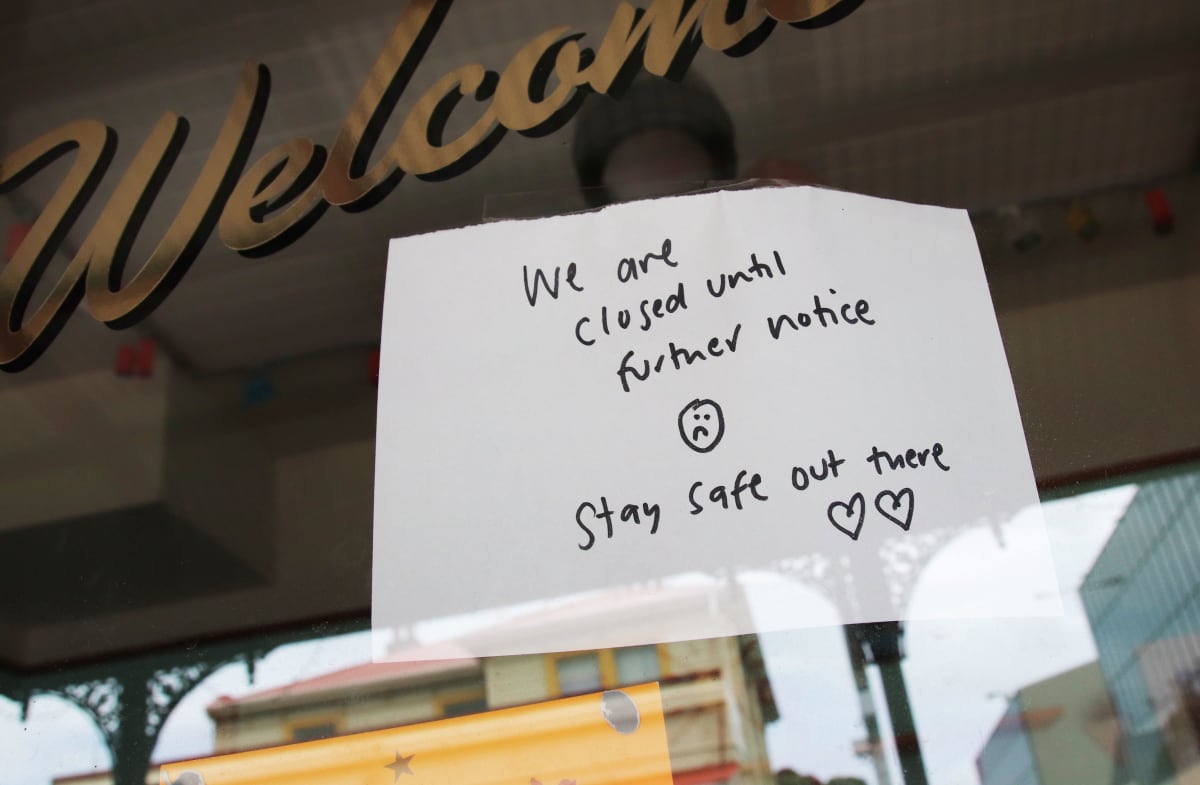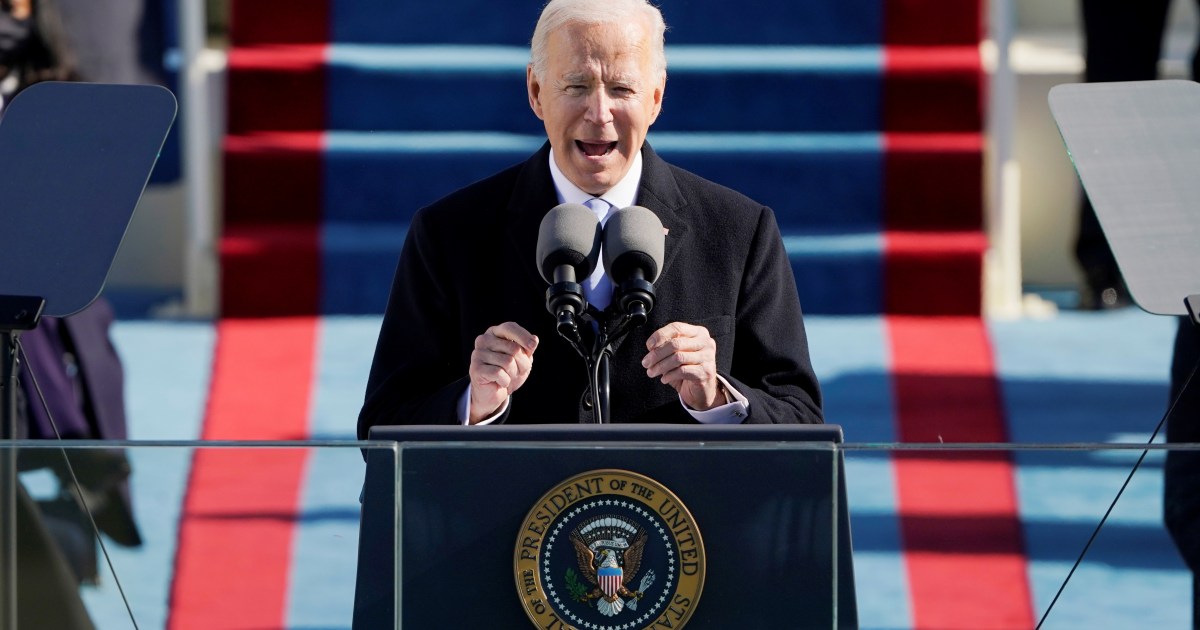Welcome to living with Covid
Covid-19
The Omicron wave is New Zealand’s first real wave of Covid-19. It will not be our last. We’re only now beginning to truly live with the virus, Marc Daalder writes.
Comment: Jacinda Ardern’s announcement that the majority of the remaining Covid-19 restrictions will be repealed in the coming weeks already has some people discussing a return to normal.
The reality is that we may never return to life as it was before the pandemic. In fact, New Zealand enjoyed pre-pandemic life for 18 months longer than the rest of the world, before elimination was abandoned late last year.
We’re now getting the first glimpses of a new normal, in which mask-wearing becomes as anodyne as wearing a seatbelt or washing your hands, and in which government restrictions and personal risk calculations come and go with rises and falls in Covid-19 cases. Policies, businesses and activities that may have made sense in 2019 might not be sustainable or feasible in a pandemic world.
The Omicron wave is New Zealand’s first real wave of Covid-19. It will not be our last. The response to the outbreak has seen New Zealand learn to deal with Covid-19 – only now are we about to start truly living with it.
Mass masking
With vaccine passes and most mandates gone and gathering limits significantly loosened, masks are the only remaining required public health measure in the traffic light system. At the green setting, even masks aren’t mandated, though they’ll be strongly encouraged.
The frankly racist view that frequent mask-wearing when sick or during epidemics in Asian countries was an unfathomable cultural quirk will hopefully fade. Masks may well become commonplace in New Zealand when people are unwell and unable to stay home, or when Covid-19 or influenza or other illnesses are spreading rapidly in the community.
But, as with every other aspect of the pandemic, this is likely to entrench preexisting inequities. Masks are mandated in many indoor venues at the moment, including public transport, hospitality and retail. They are, however, not freely provided. Many people are making do with reusable cloth masks, which carry a slightly higher up-front premium but which don’t need to be replaced. Relatively few are using the most effective masks – those are N95- or P2-standard respirators.
The Government has acknowledged that cloth masks are less effective than blue disposable surgical masks, which are in turn less effective than respirators. But ministers and officials have resisted acknowledging the inequitable outcomes from this situation: The wealthy and middle class can afford the most effective masks, if they want them, while poor people get less protection because the cheaper masks are less effective.
Pressed on Wednesday, Ardern again declined to entertain a policy that would see respirators freely distributed to New Zealanders who need them – or even every New Zealander. The United States has distributed hundreds of millions of free respirators to Americans through pharmacies, health centres and grocery stores. Both the Green Party and the National Party have called for N95s to be made freely available in New Zealand.
It’s unclear why the Government is so resistant to this idea. Ardern said on Wednesday that there were no supply issues, pointing to nearly 22 million masks in the national reserve. Questioned later on, she then said one of the obstacles was indeed availability.
Certainly the national reserve doesn’t contain enough respirators to distribute to every New Zealander on an ongoing basis, even if people were encouraged to reuse them. Hundreds of millions of masks would likely be needed – but when they’re the only public health measure left in the traffic light system, that expenditure could be justified.
Hospitality woes
Masks aren’t the only way our lives will change, when compared with 2019.
It will be tempting to see the repealing of most restrictions as a call for life to return to normal. Certainly that’s part of the motivation – the Government has decided a certain level of disease burden and death is acceptable, in exchange for freer economic and social lives.
This is based on the assumption that restrictions are to blame for the downturn in economic activity and particularly the decreased patronage of hospitality venues. That assumption is misguided, echoing false beliefs from commentators in New Zealand and overseas governments over the past two years that public health measures are the issue.
The pandemic is the problem. Fear of the virus and actual infections are having a much more significant impact on business viability than government restrictions and that isn’t likely to change in the coming months.
People don’t want to go to the cafe or a restaurant if they might get sick. The Government has insisted that these places are not particularly high-risk, but the clear scientific consensus is that any indoor, crowded and poorly-ventilated space with a lot of talking or singing will be a hotspot for transmission.
Moreover, with 5 to 8 percent of city populations known to be infected at the peak of the current outbreak, and many of their household contacts required to isolate, there have been fewer people able to patronise bars and restaurants.
The current restrictions will have had limited impact. How many restaurants in Wellington or Auckland or Christchurch have hit the 100-person cap in recent weeks? How many of them would truly benefit significantly from the additional 3 percent of the population that is unvaccinated being able to come in for a meal?
In fact, the repeal of restrictions could have the opposite effect. Sure, to some, it could signal that the Government believes it is safe to eat out. But Ardern, Grant Robertson and Ashley Bloomfield have been saying that for weeks, to no avail. More likely, Covid-cautious New Zealanders will be more likely to stay home when they know they could be sharing a room with unvaccinated customers.
Ardern likes to point to 9/11 as an example of major events changing the way we live. Some Covid-19 measures will fade into normality, just like airport security rules have since 2001, she says.
There’s a corollary to that. Some things that made sense in a pre-Covid world may no longer do so in the context of an ongoing pandemic. Wellington boasts more eateries per capita than New York City. When fewer people want to eat out, that may just not be sustainable for the foreseeable future.
Alongside constant tinkering with government restrictions, everyone will have to make their own risk calculations about what’s safe for them and their whānau. Some won’t have an issue going clubbing. Others won’t eat indoors for many, many months to come.
Overseas, retail and recreation patronage (including hospitality) is still well below pre-pandemic levels. Even as the media touts a new, endemic phase of Covid-19, half as many people in Manhattan are shopping or eating out as did in January 2020. The same pattern is visible in cities throughout the world. Don’t be surprised when it comes to New Zealand, too.
Living with Covid
The impacts on business will only be compounded when Covid-19 resurges, as it is almost certain to do over winter or as a result of a new variant.
When cases rise again, the Government will want to introduce restrictions once more. Exactly what those will look like is unclear, and it probably depends on the specifics of the situation – are we dealing with Omicron, a less virulent variant or a more virulent one?
How well they’ll work and how many people will comply is also unclear.
This is the political difficulty of repealing restrictions Ardern insists will be kept in the Government’s back pocket.
It’s much harder to reimpose vaccine passes or mandates than to just keep living with them. It’s much harder to get every business in the country to print out a new QR code, remind people to download the app, and increase scanning to effective rates, than to keep the behaviour going.
Each reintroduction of restrictions erodes social licence for the response. We’ve seen in the past that fewer people follow the rules with each new lockdown or escalation in alert levels.
By stripping all the existing restrictions out of the traffic light system, Ardern has made the situation even worse. Previously, we knew that lockdowns were a possibility because they were part of the alert level system, even if we were in Level 1 at the time. Now, there’s no simple structure or mechanism for reintroducing tougher restrictions, be they vaccine passes or contact tracing or lockdowns.
People are looking to the coming months as if they herald the end of the pandemic. The Government knows better, but its caveats about new variants and public health measures remaining in the toolbox will fall on deaf ears when its actions – removing restrictions and leaving no clear system for restoring them – send the signal that Covid-19 is almost over.
The reality will be hammered home when Covid-19 cases stabilise at levels that, in the past, would have shocked us. Experts think we may average 3000 to 5000 daily cases in the new normal, when we aren’t in the midst of another peak.
When cases do start to rise, new restrictions will shake New Zealand out of the naivety that we’re almost through the tunnel. Of course, the situation we’re dealing with is much, much better than what we faced in March 2020. We have vaccines, masks and knowledge about the efficacy of ventilation and filtration. We have effective treatments for those who do end up hospitalised.
Just because it can’t cause the same mass death as the world saw in 2020 doesn’t mean Covid-19 is a non-issue. It can still threaten our health system and it can still leave patients with long-lasting, debilitating conditions.
This isn’t 2020, but it isn’t 2019 either. The world’s more nuanced than that.




